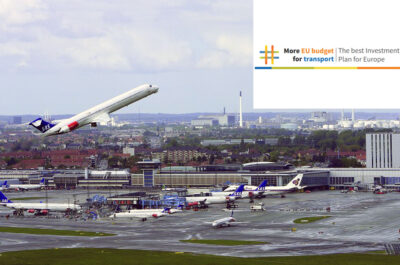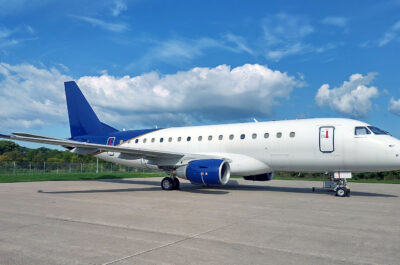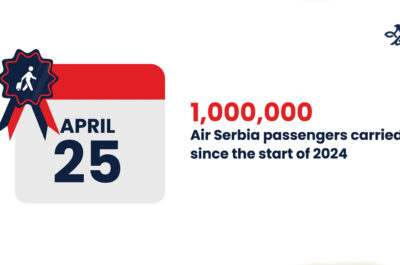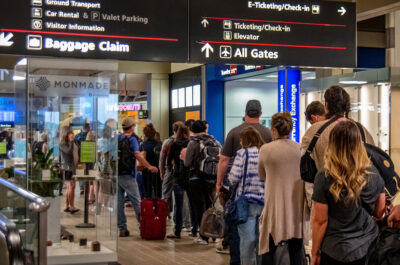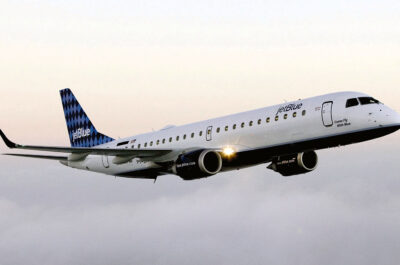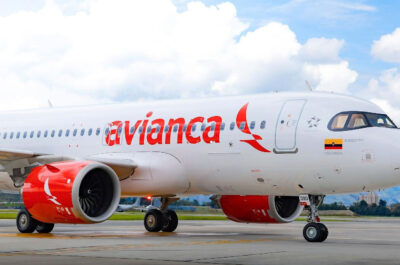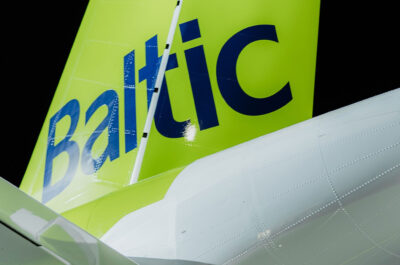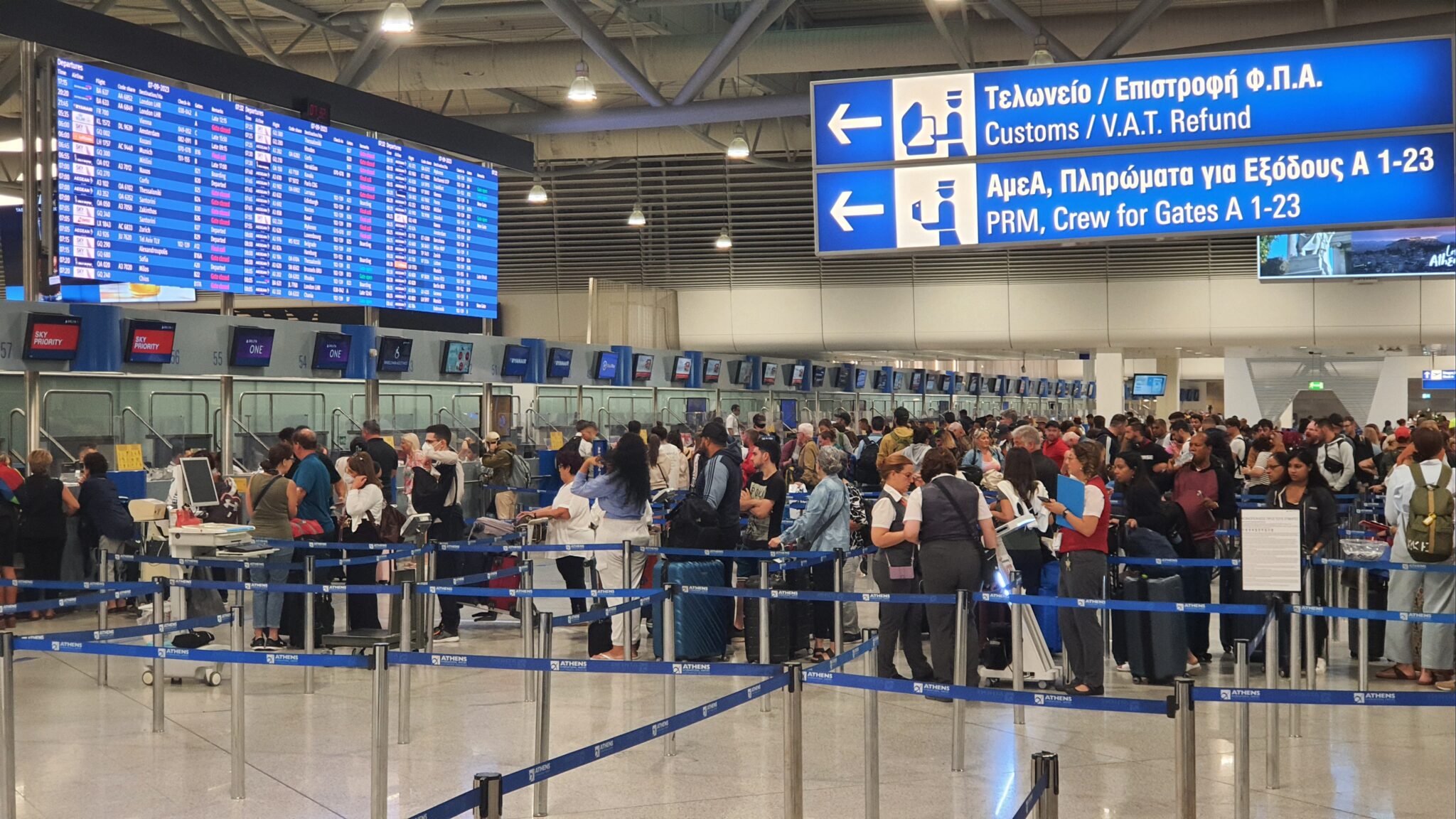
In July, the top five European airports observed a 4.3% decline in passenger traffic compared to pre-COVID-19 levels recorded in July 2019.
BRUSSELS – The ACI Europe airport traffic report reveals that passenger traffic for the peak Summer month of July came closest ever to a full recovery to pre-COVID-19 levels.
Passenger traffic across the European airport network in July stood at just -3% compared to July 2019 – a further improvement over the preceding month (June stood at -5.9% compared to the same month in 2019). When compared to July 2022, passenger traffic grew by +12.8%.
Olivier Jankovec, Director General of ACI Europe said: “These headline figures are symptomatic of a shift from material to experiential consumption, with people valuing travel for leisure and for meeting friends and relatives across Europe and beyond more than ever. The consumer confidence resilience and continued momentum in the traffic recovery is even more remarkable considering the cost-of-living crisis and record increases in air fares.”
He cautioned: “However, performance variations between national and individual airport markets have also become a fixture of our recovery – with 51% of Europe’s airports still below their pre-pandemic passenger traffic volumes. These performance variations reflect a mix of factors – from the impact of the war in Ukraine to the impressive but selective capacity expansion of Ultra-Low-Cost Carriers and relative retrenchment of Network Carriers, as well as some domestic traffic shifting to other transport modes.”
Non-EU+ market recovery achived
The EU+ market1 saw passenger traffic standing at -4.3% in July against pre-pandemic levels (July 2019) – and increasing by +12.7% when compared to the same month last year.
The best performances came from markets predominantly relying on inbound tourism and/or transatlantic traffic, with airports in Iceland (+16.2%), Croatia (+15.7%), Greece (+14.8%), Portugal (+10.5%), Luxembourg (+10.5%), Poland (+7.1%), Malta (+6.3%), Cyprus (+3%), Italy (+2.3%), Spain (+1.3%) and Ireland (+0.6%) all exceeding their pre-pandemic levels.
At the other end of the spectrum, airports in Finland (-31%), Slovenia (-27.4%), Bulgaria (-22.9%), Germany (-19.2%) and Sweden (-17.9%) remained the farthest from a full recovery. While German airports posted the worst passenger traffic performance amongst larger markets, airports in the UK (-4.7%) made further progress towards their full recovery, followed by those in France (-6.6%).
Meanwhile, airports in the rest of Europe2 achieved a full passenger traffic recovery in July, exceeding their pre-pandemic (July 2019) traffic levels by +3.7% – despite the loss of all air traffic for Ukrainian airports. When compared to July last year, volumes in the rest of Europe increased by +13.4%.
The most impressive performances in the non-EU+ market came from airports capitalising on Ultra-Low-Cost Carriers’ expansion – such as those in Albania (+116.6%) and Kosovo (+41.5%), as well as airports benefitting from the shift in demand to/from Russia away from the EU+ market – including those in Uzbekistan (+72.6%), Armenia (+70.4%) and Kazakhstan (+66.4%).
The major market of Türkiye (+6.5%) also surpassed their pre-pandemic passenger traffic levels.
Majors still below pre-pandemic levels
Passenger traffic at the Majors (top 5 European airports) in July remained –4.3% compared to pre-pandemic levels (July 2019). This was due to less dynamic hub carrier capacity deployment and the sluggish return of demand from China. Compared to July 2022, passenger volumes still increased by +15.1%, thanks notably to strong transatlantic demand.
While London-Heathrow (-1.2%) asserted its position as the busiest European airport and came close to achieving a full recovery, Istanbul (+16.5%) remained the only Major exceeding its pre-pandemic passenger volumes – and ranked second.
The Turkish hub was followed by Paris-CDG (-11.5%), Frankfurt (-13.1%) and Amsterdam-Schiphol (-10.6%).
Amongst other large airports (Group 13), the best July performances when compared to pre-pandemic (July 2019) levels were registered by: Athens (+10.6%), Istanbul-Sabiha Gökçen (+8.9%), Lisbon (+5.2%), Palma de Mallorca (+4.1%), Paris-Orly (+3.1%), London-Stansted (+1.8%), Antalya (+1.4%) and Dublin (+0%).
Ultra-LCC bases and regional/smaller airports outperforming
As in previous months, several Ultra-Low-Cost airport bases kept exceeding their pre-pandemic passenger traffic volumes in July: Memmingen (+60.1%), Beauvais (+46.8%), Charleroi (+10.4%) and Bergamo (+10%)
Similarly, regional and smaller airports4 on average saw passenger traffic exceeding pre-pandemic levels by +6.2%. Those serving popular tourist destinations and/relying on LCC traffic posted the best results – with some enjoying exponential growth, such as Zadar (+290.9%), Perugia (+189.6%), Kutaisi (+122.9%), Funchal (+42.7%), Chania (+32.1%), Santorini (+31.9%) and Kerkyra (+31%).
Data by airport groups
During the month of July, airports welcoming more than 25 million passengers per year (Group 1), airports welcoming between 10 and 25 million passengers (Group 2), airports welcoming between 5 and 10 million passengers (Group 3) and airports welcoming less than 5 million passengers per year (Group 4) reported an average performance of -5.7%, -8.8%, +6.9% and +5.5% when compared to pre-pandemic traffic levels (July 2019).
The airports that reported the highest increases in passenger traffic for July 2023 when compared with July 2019 are as follows:
- Group 1: Istanbul IST (+16.5%), Athens (+10.6%), Istanbul SAW (+8.9%), Lisbon (+5.2%) and Palma de Mallorca (+4.1%).
- Group 2: Naples (+22.5%), Porto (+16.8%), Milan BGY (+10%), Málaga (+9.2%) and Marseille (+8%).
- Group 3: Sochi (+116.6%), Almaty (+66.4%), Palermo (+26.2%), Belgrade (+22.7%), and Valencia (+20.7%)
- Group 4: Tirana (+116.6%), Yerevan (+70.4%), Memmingen (+60.1%), Beauvais (+46.8%) and Funchal (+42.7%).
1 EU, EEA, Switzerland and the UK.
2 Albania, Armenia, Belarus, Bosnia & Herzegovina, Georgia, Israel, Kazakhstan, Kosovo, Northern Macedonia, Moldova, Montenegro, Russia, Serbia, Turkey, Ukraine and Uzbekistan.
3 Airports with more than 25 million passengers per annum (2019).
4 Airports with more than 25 million passengers per annum (2019).
Theodore is the Co-Founder and Managing Editor of TravelDailyNews Media Network; his responsibilities include business development and planning for TravelDailyNews long-term opportunities.
















